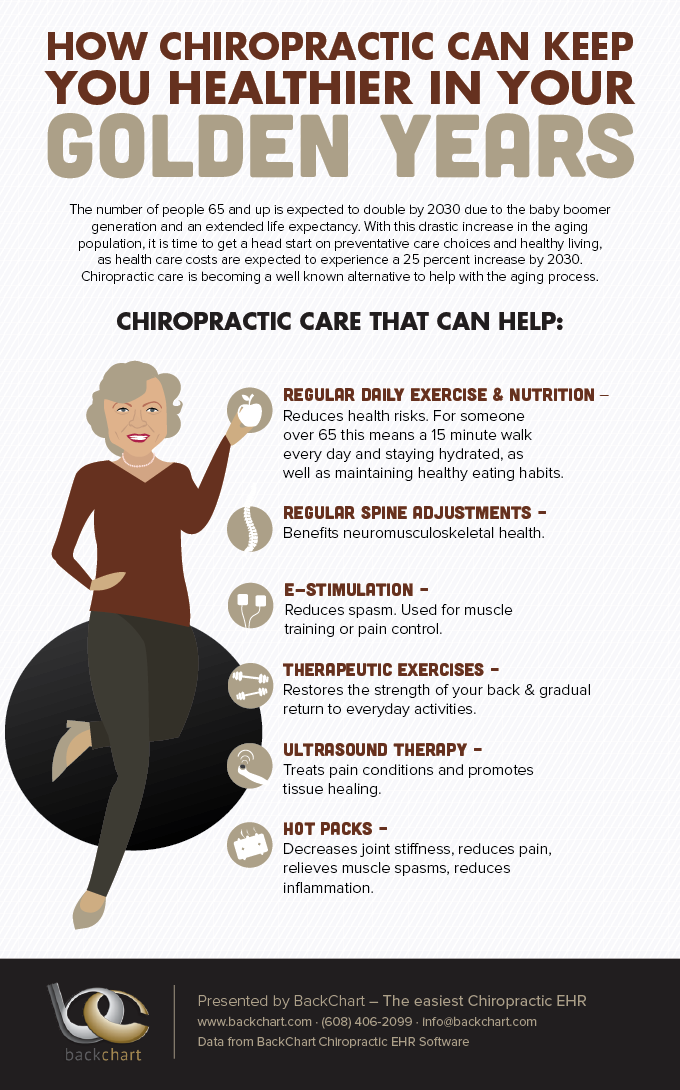What Mechanisms Allow Cold Laser Treatment To Make Use Of Light For Innovative Recovery, And What Future Advancements Can We Prepare For In Pain Management?
What Mechanisms Allow Cold Laser Treatment To Make Use Of Light For Innovative Recovery, And What Future Advancements Can We Prepare For In Pain Management?
Blog Article
Content Author-Tate Slattery
When thinking about alternate treatments, cold laser treatment sticks out due to its one-of-a-kind method to recovery. By utilizing specific wavelengths of light, it targets cellular functions and advertises recuperation in a non-invasive way. This approach not only enhances ATP manufacturing yet likewise aids in lowering swelling and pain. As study remains to unravel, the ramifications for rehab and discomfort management could be substantial. What does this mean for future treatment alternatives?
The Devices of Cold Laser Treatment
Cold laser therapy, also referred to as low-level laser therapy (LLLT), functions by stimulating mobile feature through the application of specific wavelengths of light.
When the laser light penetrates your skin, it engages with the mitochondria in your cells, enhancing ATP production. This increase in ATP stimulates your cells, promoting healing and regeneration.
The light additionally impacts cell membrane layers, boosting their leaks in the structure and assisting in nutrient absorption while removing toxic substances. Furthermore, cold laser treatment activates the release of endorphins and lowers swelling, assisting your body respond more effectively to injury.
You'll experience improved blood flow as the treatment stimulates capillary development, making certain that oxygen and nutrients get to broken tissues more effectively.
Recognizing these devices can help you value its potential in promoting recuperation.
Potential Benefits of Cold Laser Treatment
When taking into consideration options for discomfort relief and recovery, you may find cold laser treatment to be an enticing option. This non-invasive technique can help reduce inflammation, alleviate pain, and promote cells repair.
https://www.theplaidhorse.com/2022/04/20/america-cryo-next-level-equine-therapy/ report quicker recovery times from injuries and surgical treatments after undertaking cold laser therapy. It's particularly helpful for problems like joint inflammation, tendonitis, and muscle strains.
You may likewise appreciate that it has minimal negative effects contrasted to pharmaceuticals. Additionally, cold laser therapy can boost flow, which assists in delivering nutrients and oxygen to harmed areas.
Current Research Study and Professional Applications
As passion in cold laser therapy expands, researchers are discovering its numerous applications and performance in scientific setups. cellulite treatment ct 'll discover researches examining its role in pain monitoring, wound recovery, and lowering inflammation.
In physical therapy, practitioners make use of cold laser therapy to improve recovery in sports injuries, while dental professionals are discovering it advantageous for dealing with dental pain and gum tissue problems. Ongoing trials are assessing its possibility in treating problems like arthritis and neuropathy.
These studies aim to establish standard protocols and does, making sure security and effectiveness. As more evidence emerges, you might see cold laser therapy becoming a staple in both rehab and discomfort monitoring, offering individuals a non-invasive choice that enhances conventional therapies.
Verdict
To conclude, cold laser treatment provides a promising approach to healing by harnessing particular wavelengths of light to improve cellular functions and advertise healing. With benefits like improved blood flow, lowered inflammation, and discomfort relief, it's ending up being a valuable alternative for numerous problems. As study continues to establish standardized methods, you can look forward to better acceptance of this non-invasive treatment in rehabilitation practices and pain monitoring techniques, making it a potential game-changer for numerous clients.
